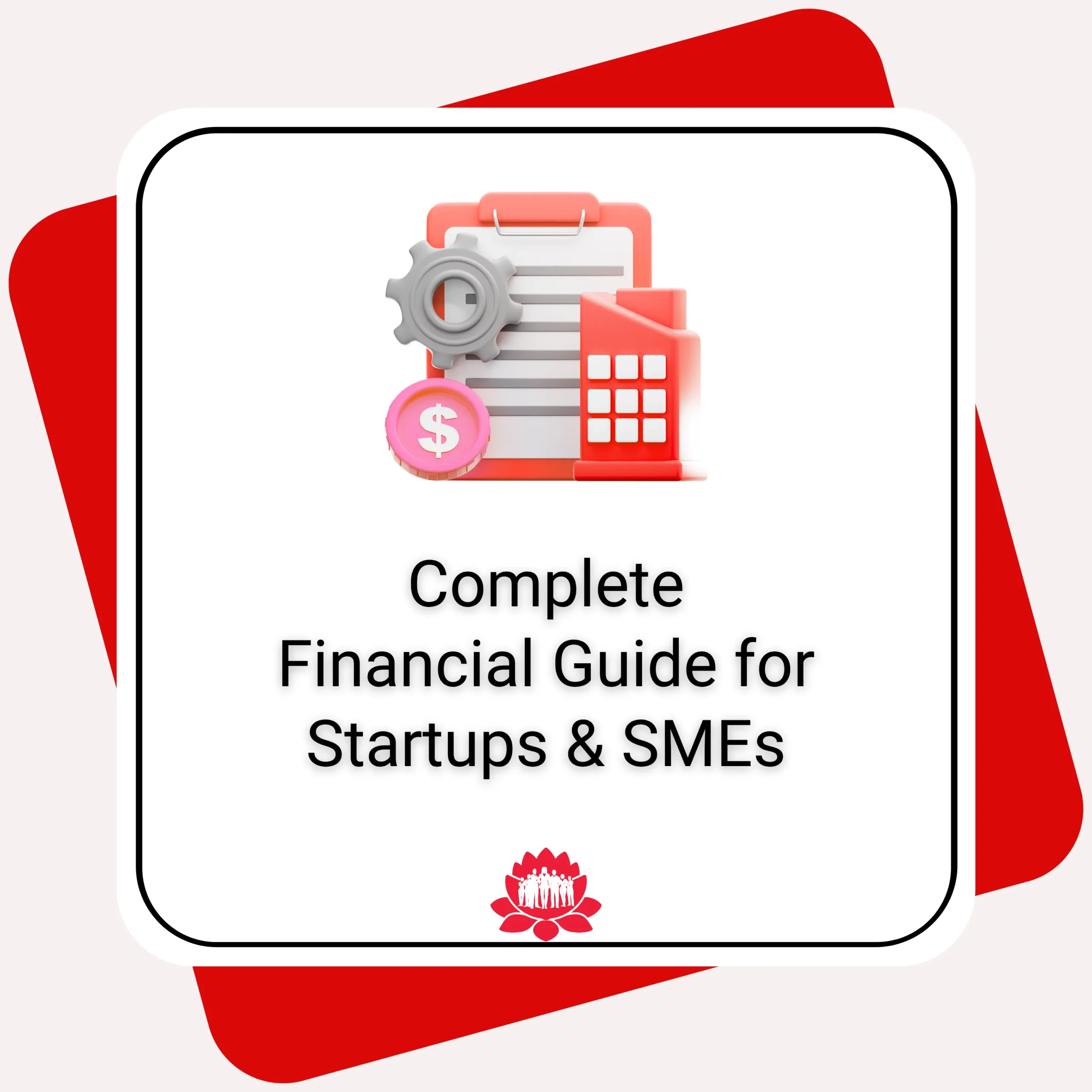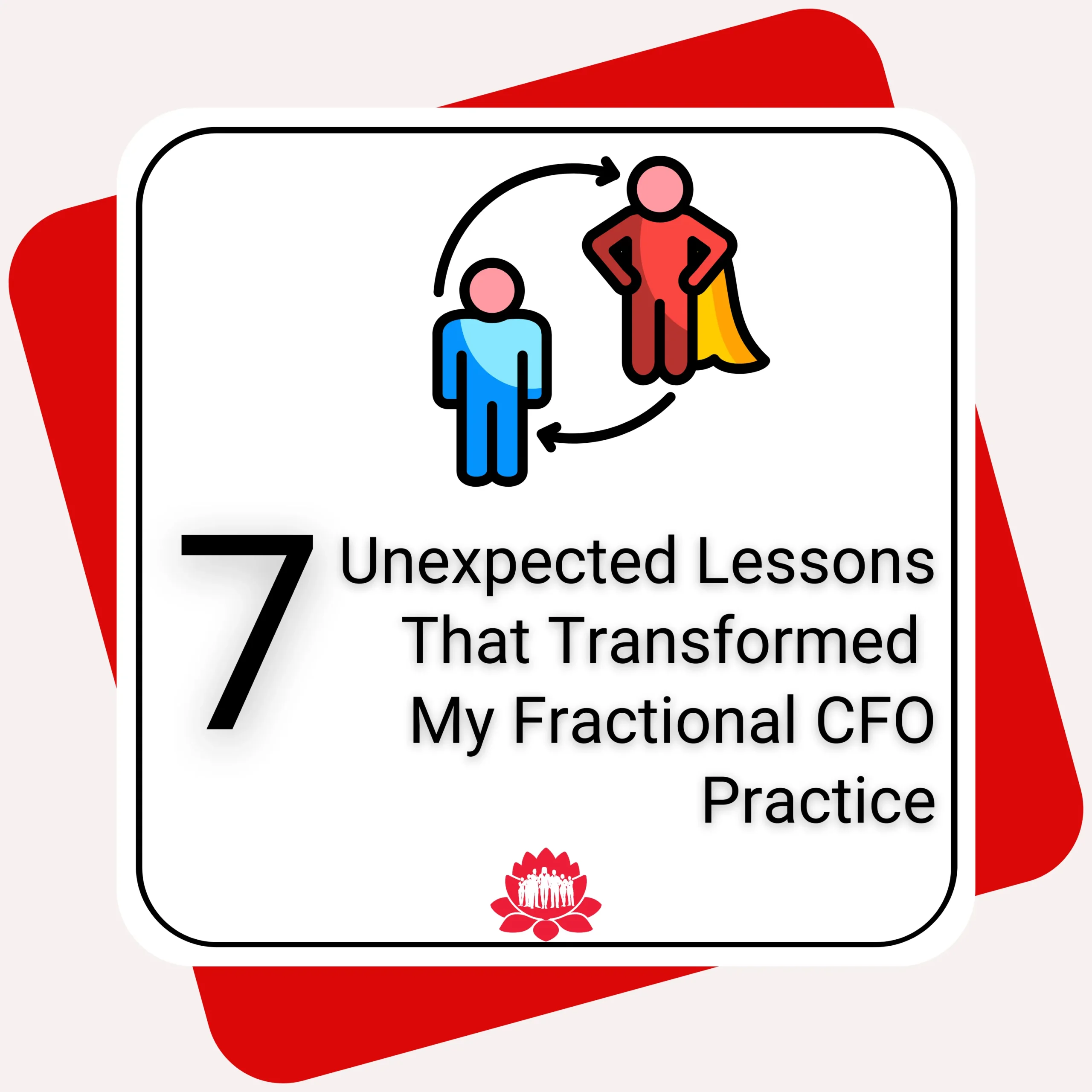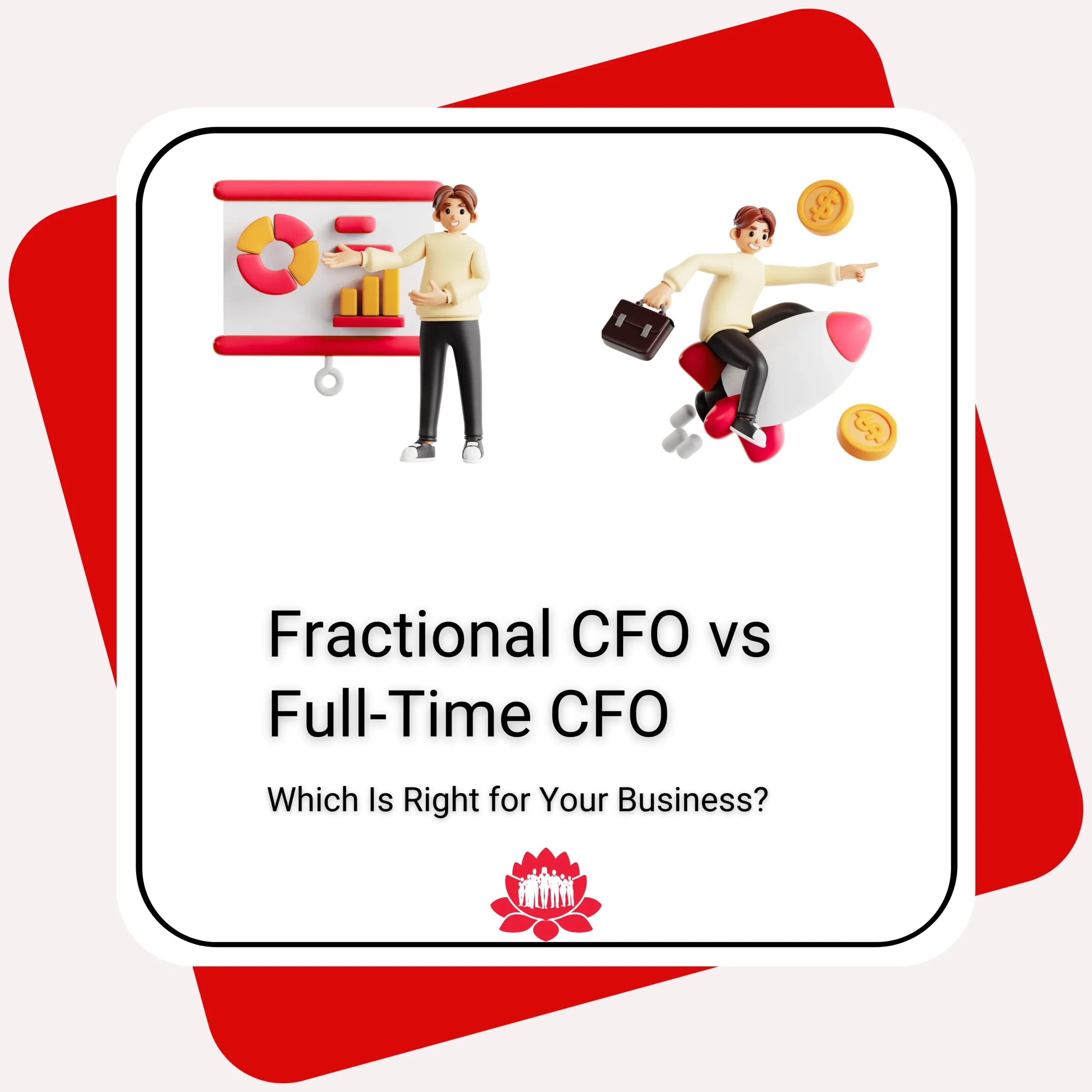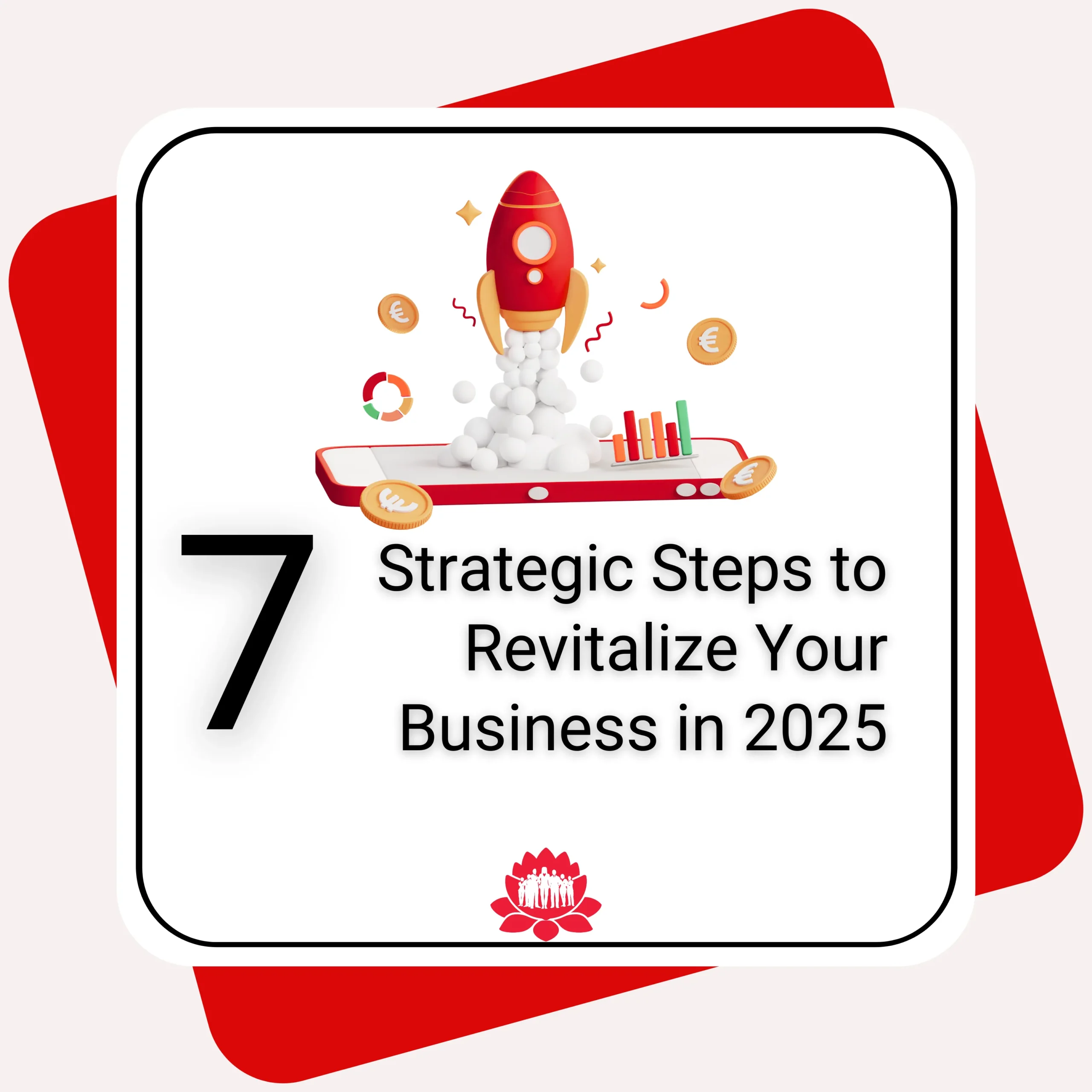7 Critical Strategies to Transform FP&A into a Value Creation Engine for PE-Backed Companies
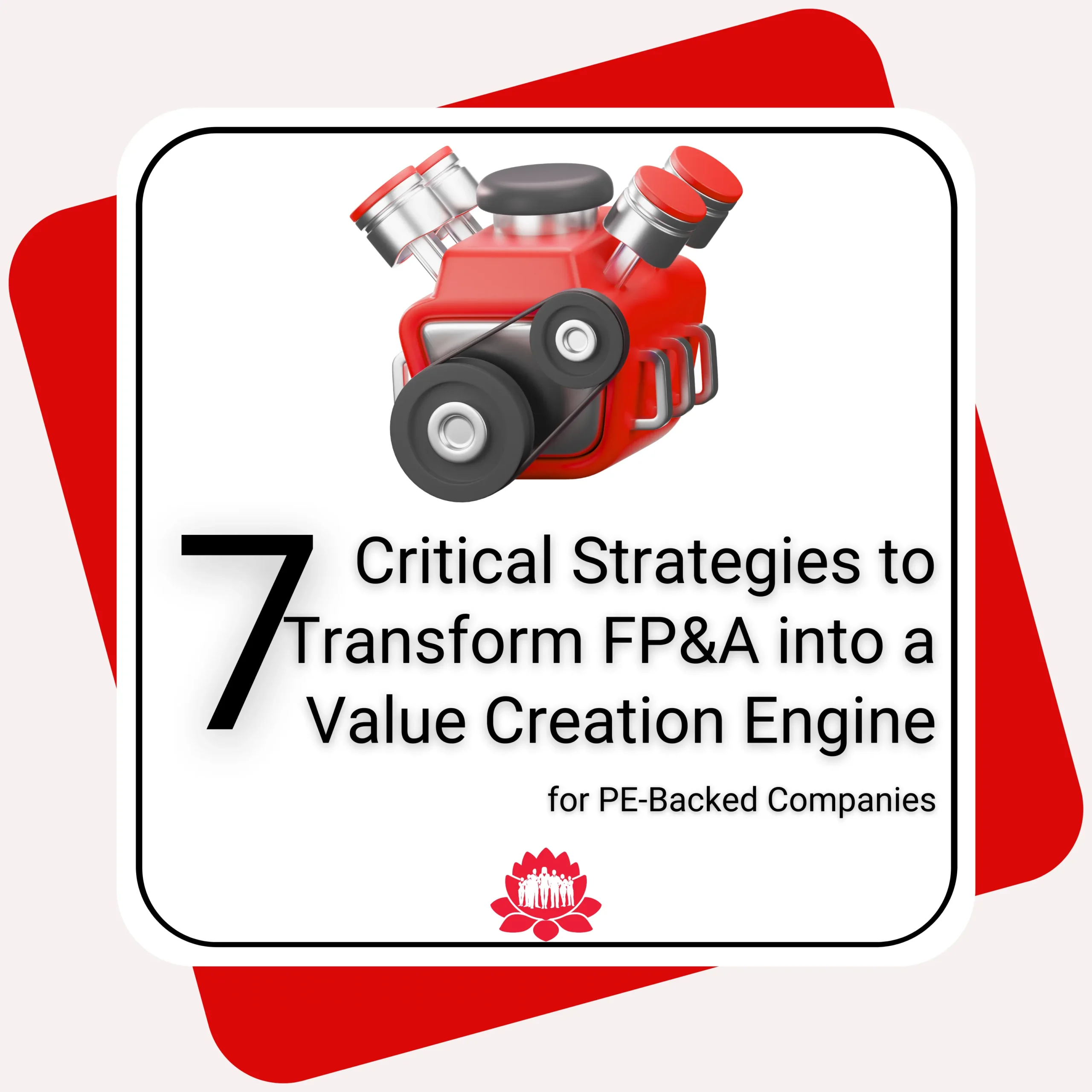
7 Critical Strategies to Transform FP&A into a Value Creation Engine
Attention! PE-Backed Companies
After decades in the financial trenches and having guided several PE-backed portfolio companies through transformation, I've observed a persistent pattern: the disconnect between what private equity demands and what portfolio company FP&A functions deliver.
I've sat on both sides of the table – advising PE firms on financial strategy while simultaneously helping portfolio companies execute. This unique vantage point has revealed something profound: FP&A isn't just underperforming in most PE-backed companies – it's fundamentally misaligned with the compressed timelines and aggressive value creation that PE demands.
Many PE operating partners I work with express the same frustration: "We're not getting the financial intelligence we need to make critical decisions." Meanwhile, portfolio company CFOs lament: "We're drowning in reporting requirements with no time for strategic analysis."
This misalignment creates a significant value leak in the PE model. Let me share seven transformative strategies I’ve implemented with PE-backed clients to convert FP&A from a reporting function into a genuine value creation engine.
1. Elevate FP&A from Reporting to Strategy Orchestration
The days of FP&A as a backward-looking, variance-explaining function are over – especially in the PE context where time is literally money.
One manufacturing portfolio company I advised was struggling despite solid EBITDA growth. Their FP&A team produced beautiful historical analyses but couldn't answer fundamental questions about future cash flow implications of their growth strategy. The PE firm was growing increasingly frustrated with the information gap.
We transformed their FP&A function by:
- Redefining the FP&A leader role from "chief reporter" to "financial intelligence officer"
- Implementing driver-based modeling that connected operational metrics directly to financial outcomes
- Establishing a seat for FP&A in operating reviews and strategic planning sessions
- Creating forward-looking scenario analysis for every major business decision
Within two quarters, the PE firm had clearer visibility into genuine value creation levers, and the portfolio company executives had the financial intelligence needed to make better operational decisions.
The wisdom here is simple but profound: in PE-backed companies, FP&A must operate as the financial intelligence center, not the reporting department. This shift in mindset drives every other transformation.
2. Liberate Your FP&A Team from the Spreadsheet Dungeon
In my meditation practice, I often reflect on how we become trapped in patterns that no longer serve us. Many PE portfolio companies remain chained to manual, spreadsheet-intensive FP&A processes that consume 80% of analyst time, leaving only 20% for actual analysis.
A real estate portfolio company I worked with had three FP&A analysts spending a combined 120 hours monthly aggregating data from disparate systems into their forecasting models. By the time they completed this process, the data was already outdated, and they had no bandwidth for scenario planning or strategic analysis.
We implemented:
- Automated data integration from their ERP and CRM systems
- Visual dashboards for real-time performance tracking
- Simplified, driver-based planning models that reduced maintenance time
- An insight-focused reporting cadence that emphasized decisions, not data dumps
The result? Their FP&A team now spends 75% of their time on forward-looking analysis and only 25% on data processing – a complete inversion of the previous ratio. This created capacity for targeted margin enhancement projects that added to EBITDA within the first year.
The true value of FP&A isn't in spreadsheet maintenance – it's in the insights that drive decision-making and value creation. Free your team from administrative burden, and you'll unlock their analytical potential.
3. Introduce Rolling Forecasts for PE-Driven Agility
The traditional annual budgeting cycle is fundamentally incompatible with PE investment horizons and value creation timelines. Static annual forecasts quickly become obsolete in fast-changing markets and capital structures.
A software portfolio company I advised was missing their quarterly targets despite having "accurate" annual plans. The disconnect was creating tension with their PE sponsors, who questioned management's ability to deliver on commitments.
We shifted them to:
- 13-week rolling cash flow forecasts updated weekly
- Rolling 6-quarter EBITDA projections refreshed monthly
- Driver-based forecasting models that operational leaders could update in real-time
- Threshold-based triggers for forecast reassessment (e.g., when key metrics deviated by >5%)
This approach created several powerful outcomes. First, it provided earlier visibility into potential misses, allowing for course correction. Second, it built credibility with the PE firm through transparency. Third, it created a cadence of continuous planning rather than point-in-time exercises.
The wisdom here is about alignment with PE timelines. Rolling forecasts create the agility needed to adapt to market changes while maintaining focus on value creation milestones that drive successful exits.
4. Bridge the Operational-Financial Divide
Perhaps the most damaging silos in PE-backed companies exist between operations and finance. When operational decisions are made without financial context – or financial plans are created without operational input – value leakage is inevitable.
A distribution company in a PE portfolio was experiencing this disconnect acutely. Their operations team was driving a facility expansion without understanding the cash flow implications, while finance was modeling revenue growth without visibility into capacity constraints.
We implemented a unified operational-financial framework:
- Cross-functional planning sessions where operations and finance co-developed forecasts
- Integrated operational KPIs and financial metrics in the same dashboards
- Joint accountability for both operational and financial outcomes
- "Financial translators" within the FP&A team assigned to each operational function
This integration created a shared language between operations and finance. Operational leaders began to understand the P&L and cash flow implications of their decisions, while finance gained insight into the operational realities behind the numbers.
The result? Faster decision-making, fewer surprises, and more cohesive execution – all critical elements in the compressed timelines of PE ownership.
5. Transform Cash Flow Management from Monitoring to Intelligence
EBITDA may be the headline metric for most PE firms, but cash remains the oxygen that keeps portfolio companies alive – especially in leveraged situations. Yet many PE-backed companies treat cash flow as an afterthought rather than a strategic imperative.
A manufacturing portfolio company I advised was achieving impressive EBITDA growth but facing severe liquidity constraints due to working capital demands. Their cash forecasting was monthly at best, creating periodic crises that distracted management from value creation activities.
We implemented a cash intelligence system:
- Weekly 13-week cash flow forecasting with daily updates during critical periods
- Working capital war rooms that brought together AR, AP, and inventory management
- Cash conversion cycle metrics integrated into executive scorecards
- Scenario planning for capital expenditures with sensitivity to cash implications
The impact was transformative – not just on their liquidity position but on their relationship with their PE sponsors. The enhanced visibility created confidence, allowing management to focus on growth rather than constantly defending cash positions.
In my work with PE firms, I've observed that portfolio companies with sophisticated cash intelligence capabilities receive significantly more strategic latitude from their sponsors. The trust created through cash flow mastery creates freedom to execute.
6. Implement Value-Driver Trees for PE-Aligned Decision Making
Many PE-backed companies struggle to connect high-level value creation objectives with day-to-day operational decisions. The result is often a disconnect between PE firm expectations and portfolio company execution.
A technology company I worked with was pursuing multiple growth initiatives, but their PE sponsors were concerned about diluted focus and questioned which initiatives truly drove enterprise value.
We implemented value-driver trees that:
- Visually mapped every operational KPI to EBITDA and cash flow outcomes
- Quantified the financial impact of operational improvements
- Prioritized initiatives based on NPV and time-to-value criteria
- Created clear linkage between daily operational decisions and exit valuation
This approach transformed their decision-making process. Rather than pursuing dozens of initiatives with unclear ROI, they focused intensely on the five key drivers with the greatest impact on enterprise value. This alignment accelerated their growth trajectory and strengthened their relationship with PE sponsors.
The wisdom here comes from creating clarity in complexity. By explicitly mapping how operational decisions flow through to valuation, you create a shared understanding that bridges the gap between PE expectations and portfolio company execution.
7. Build FP&A Capabilities for Successful PE Exits
Most PE investments have a clear exit horizon from day one, yet many portfolio company FP&A functions fail to align their capabilities with exit preparation requirements. The result is often frantic, last-minute financial work that can delay or even derail successful exits.
A technology services portfolio company I advised was approaching their exit window but lacked the financial infrastructure to support a smooth process. Their FP&A team was capable with routine reporting but unprepared for the rigorous due diligence a transaction would require.
We built exit-ready FP&A capabilities:
- Quality of earnings readiness reviews conducted quarterly
- Transaction-focused financial models with sensitivity analysis
- Clean, auditable data trails for all significant financial assertions
- Proactive identification and remediation of potential due diligence issues
This preparation paid dividends when they entered their sale process. What could have been a chaotic scramble became a controlled demonstration of financial excellence that ultimately contributed to a valuation multiple above industry averages.
The lesson is clear: in PE-backed companies, the exit is always on the horizon. FP&A functions that build exit readiness into their ongoing operations create significant value when transaction time arrives.
“For portfolio company leaders, recognize that transforming FP&A isn’t just about satisfying PE reporting requirements – it’s about creating the financial intelligence infrastructure that enables faster, better decisions in the compressed timelines that PE demands.”
Neeti Dewan
CEO, Platinum AdvantEdge
Final Thoughts From The Executive Yogi
As The Executive Yogi, I've guided dozens of PE & Venture backed companies through financial transformation.
The pattern is consistent: those that elevate FP&A from a reporting function to a strategic value driver consistently outperform their peers.
The seven strategies I've outlined aren't theoretical – they're battle-tested approaches that have created measurable value for both portfolio companies and their PE sponsors. Implementing them requires investment, focus, and often cultural change – but the returns far outweigh the costs.
For PE operating partners reading this, I encourage you to assess the FP&A capabilities in your portfolio companies against these seven dimensions. The gaps you identify may represent your greatest untapped value creation opportunities.
For portfolio company leaders, recognize that transforming FP&A isn't just about satisfying PE reporting requirements – it's about creating the financial intelligence infrastructure that enables faster, better decisions in the compressed timelines that PE demands.
The wisdom in PE-backed financial leadership isn't found in producing more reports – it's in generating the insights that drive successful exits and superior investor returns.
If your PE firm or portfolio company is ready to transform FP&A from a reporting function to a value creation engine, let’s talk. My fractional CFO team specializes in PE-backed environments where time is short and expectations are high. The transformation is challenging but the impact on enterprise value makes it one of the highest-ROI investments you can make.


